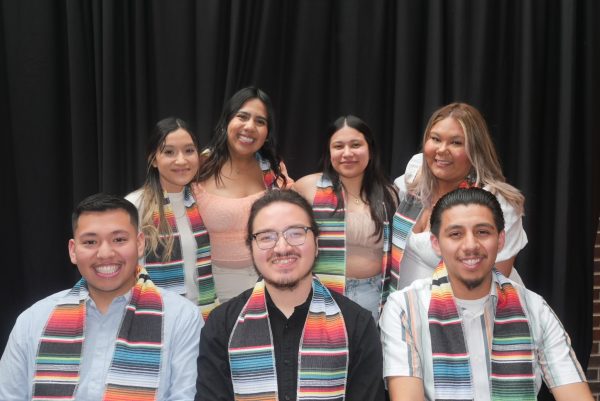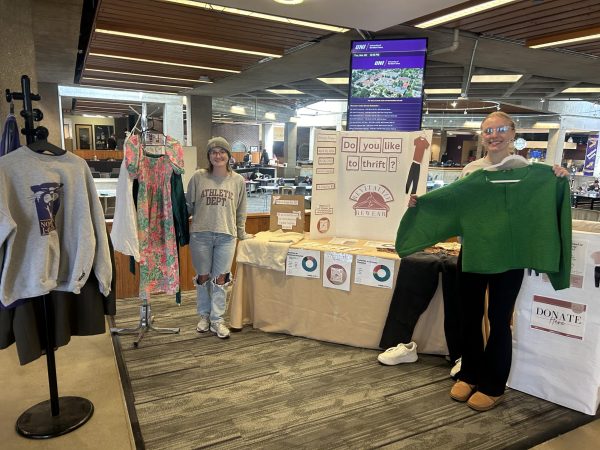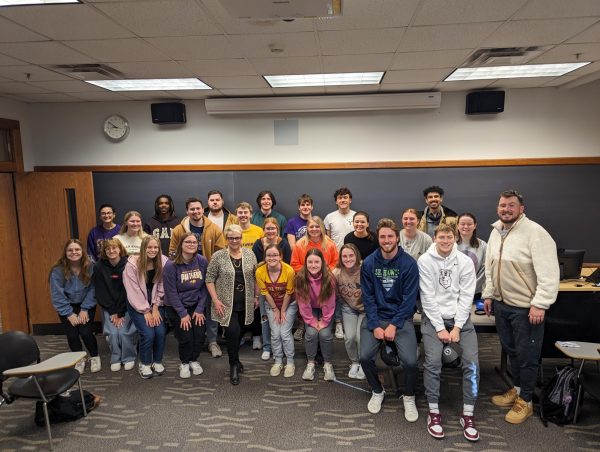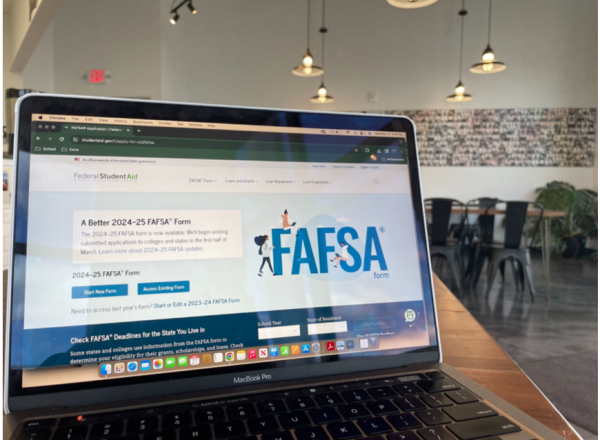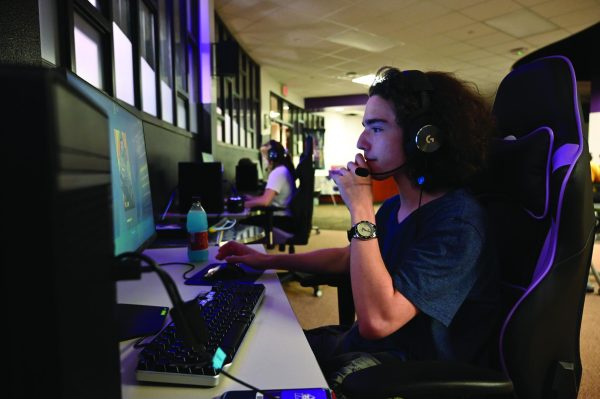UPDATE: Finding food during breaks
International students struggle when dining centers close
Mar 27, 2017
Editor’s note: This story has been updated to more accurately represent the organizations that are helping international students with finding food during breaks.
Living on campus presents its challenges to every student. Most students get a reprieve from campus by going home over breaks, but when home is in another country, international students face an additional hurdle: finding food. Closed dining centers contribute to this challenge.
With limited options for food and inadequate kitchen facilities on campus, these students often find themselves eating out, which quickly compounds the cost of living. In addition, lack of a vehicle for most students further limits their food options to ones within walking distances from the campus.
Some international students who live off-campus and who have meal plans find it hard to get food. These students prefer eating at the dining center due to its proximity and the availability of healthier food options at reasonable prices.
Estefania Ravasio, a freshman music performance major from Costa Rica, lives off-campus but has a meal plan.
“It is hard to believe campus can be turned into a desert with no food, but it does,” Ravasio said. “Most international students and other people that stay don’t have cars, and it is hard to find affordable places with quality food at walkable distances from campus.
“I think the university should definitely maintain at least a retail store operating from the morning to the evening during breaks. I would rather have healthy food, but the cost gets high when food is purchased from outside daily which forces me to choose cheaper options over healthier ones,” Ravasio said.
According to Ravasio, she was not warned that the dining centers would remain closed until it was already time for break. Ravasio explained that she understands that maintaining a large facility just for a few students is difficult and expensive but she would like the university to ensure students have access to quality food.
Rishab Dalal, a freshman computer science major, recently arrived in Cedar Falls from India. Dalal is a vegetarian and has complained of not being provided with adequate information on the food establishments in the city which cater to vegetarian options.
“I eat at least thrice a day and during breaks I have to make ramen or order a pizza. I have very limited options in food considering I prefer to eat vegetarian,” Dalal said.
Dalal said students within International Student Association (ISA), a student organization, helped him to get food during the break and provided him with information on local businesses.
According to Nicholas Rafanello, the director of Residence Life, the number of international students who stay on campus during breaks varies.
“We see a higher number of students stay over spring break than fall break or winter break,” Rafanello said. “Students are asked to sign up at their residence hall offices, providing which dates the student plans to be on campus.”
According to Rafanello, students are informed in advance about the break hours. “Students are emailed break information from their Residence Life Coordinator, as well as each Resident Assistant holds a closing meeting for each break to inform students of closing information as well as office hours and dining hours,” Rafanello said. Each residence hall on campus is equipped with at least one kitchenette, according to Rafanello.
According to Janel Paul, the director of dining services, the Department of Residence (DOR) gathers information from Residence Life regarding how many students are anticipated to be on campus over the break, and this information is used to plan the hours dining operations will be open.
“We share the plan with Felix Weigel, International Services and Nick Rafanello to see if they feel it will meet the needs of students remaining on campus during the break,” Paul said.
According to Paul, once the hours are determined they are communicated to students through various sources.
“[This includes] sending them back to Felix for dissemination, posting on social media, on the DOR Dining website, hard copy postings in the residence halls and at the entrance to each dining operation,” Paul said.
Paul suggested that the students use their flex meals, which are included in all resident dining plans, to get to-go meals from the dining centers for reheating.
“Options for eating during breaks include using Flex Meals to take meals to-go from the dining centers to be reheated during the next day or two, and using Dining Dollars to purchase ready-to-eat food at one of the open operations or grocery items in advance to eat during the break,” Paul said.
Paul has encouraged international students to reach out to her with their grievances in order to come up with a solution.
“The needs are different every year and for every break, so we do not have a hard formula for what operations will be open,” Paul said. “That may be something we will consider for the future but at this time we will continue to tailor the hours and operations based on the differing needs for each break.”










